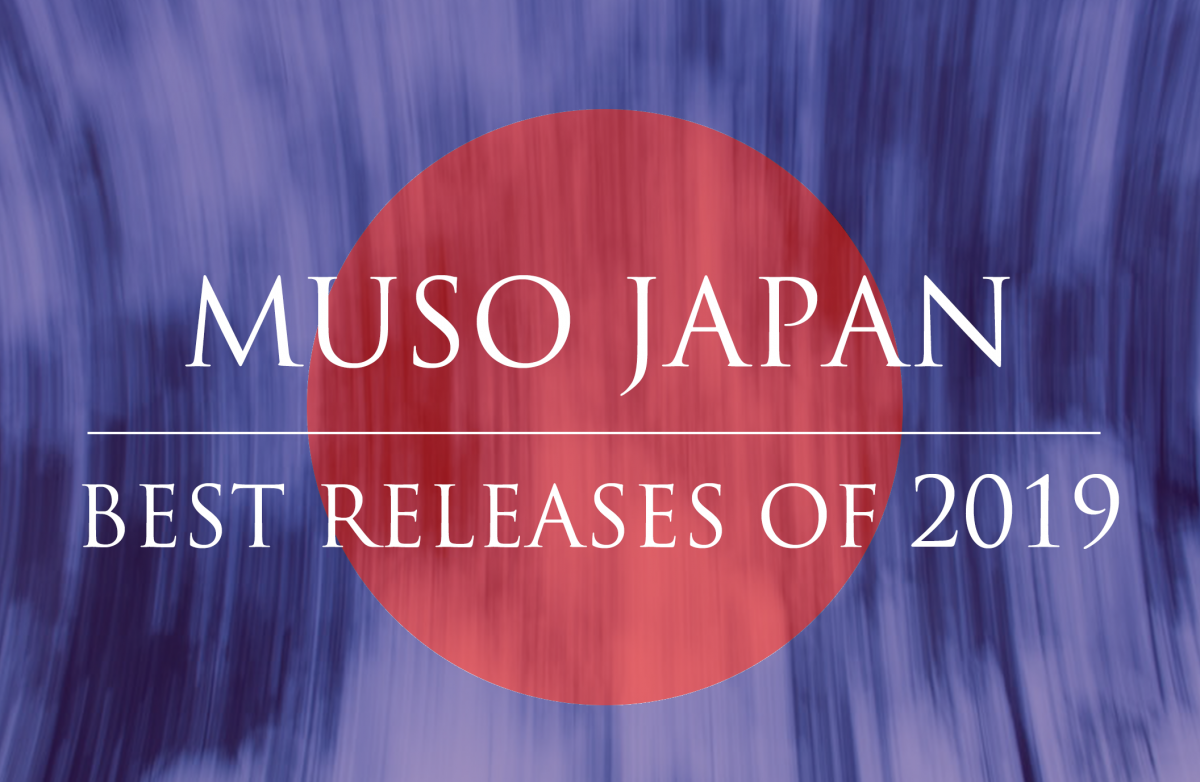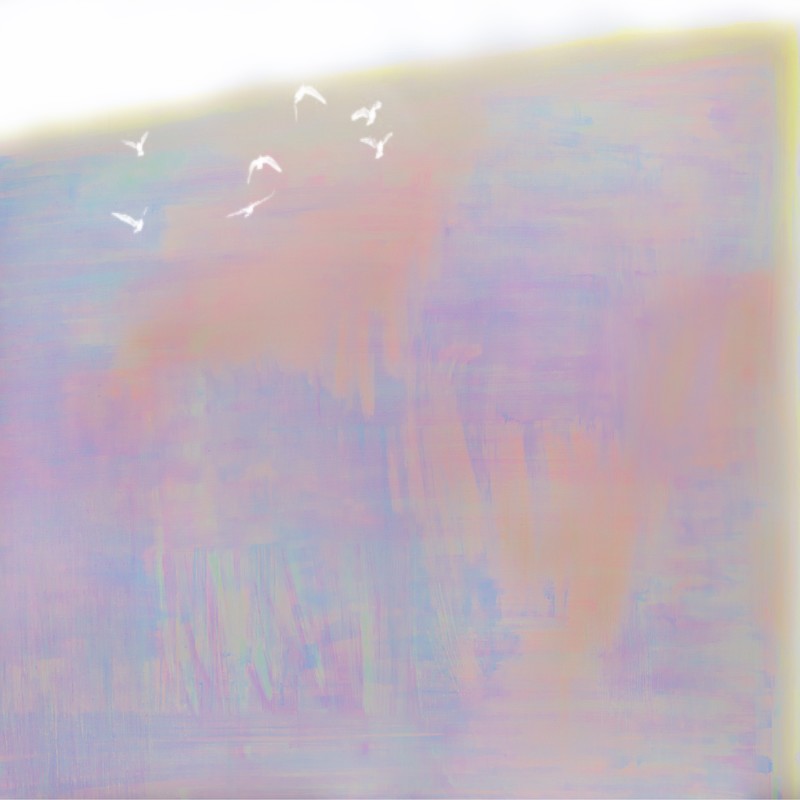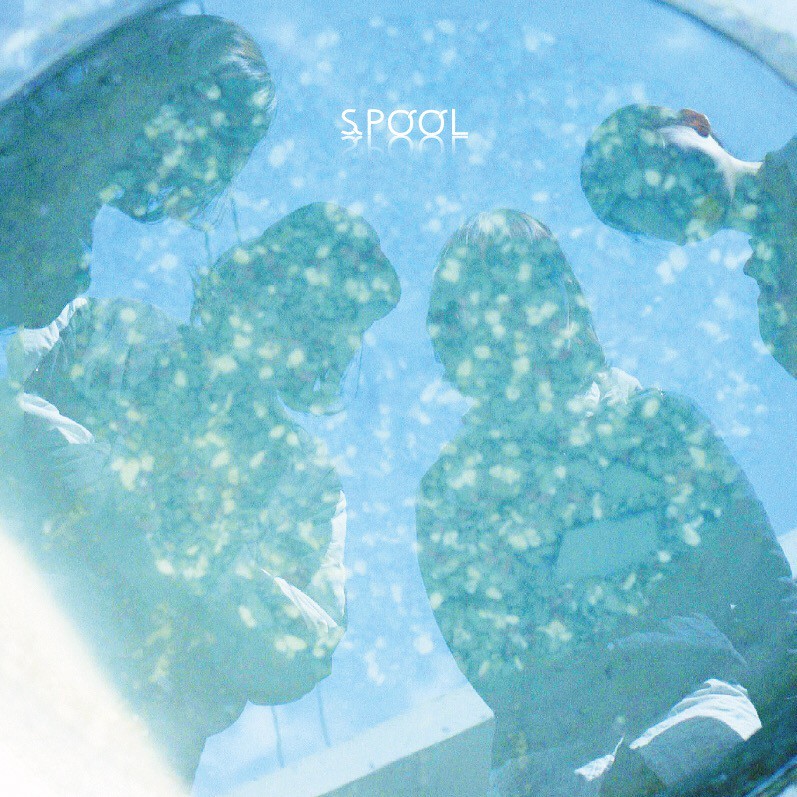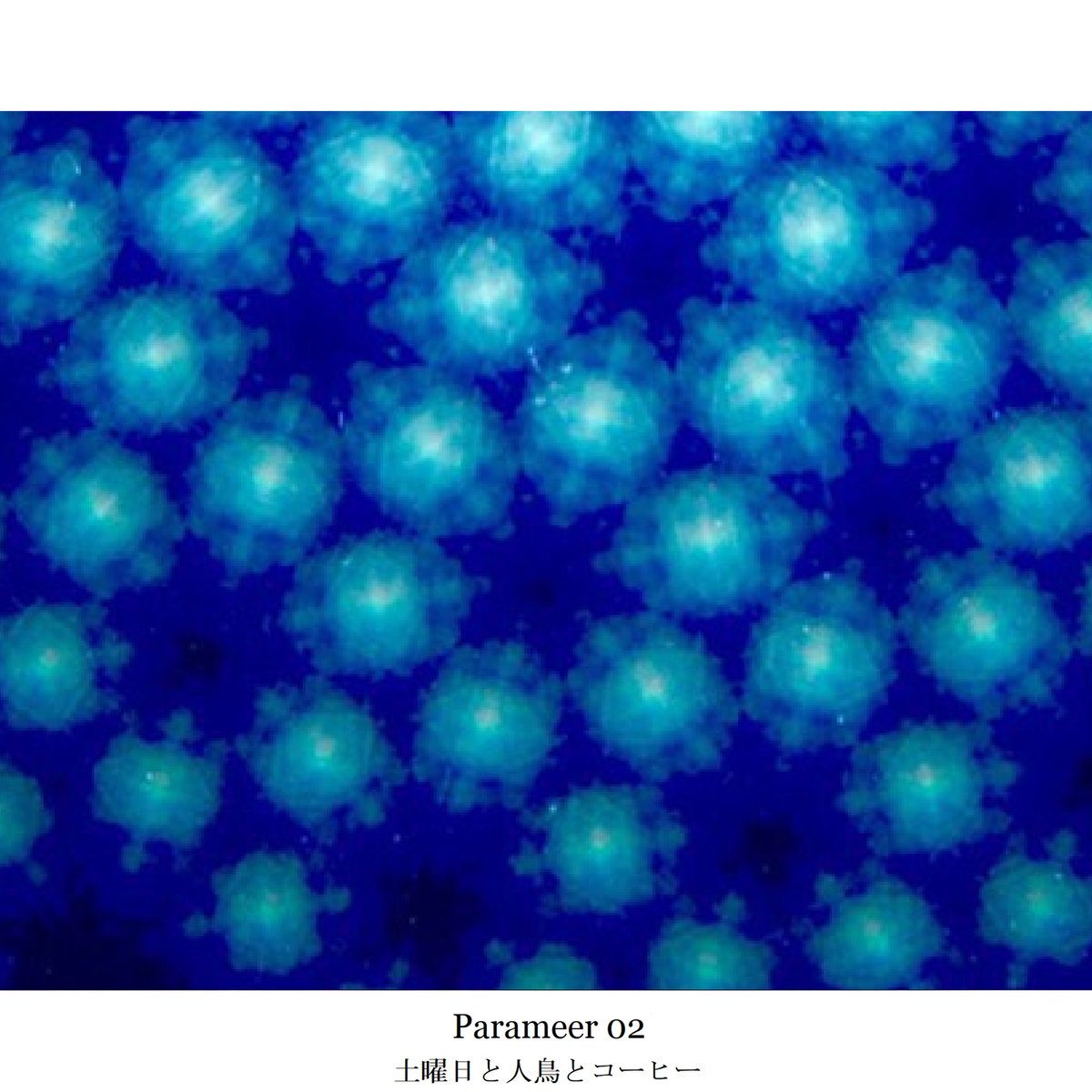Despite being awful in just about every way imaginable, 2020 was actually a strong year for Japanese music. The shoegaze scene in particular saw the emergence of some more young and impressive talent and with live music largely crippled by COVID-19, it at very least felt like more bands were striving to improve their online presence. Bandcamp Fridays seemed to encourage more Japanese artists to give the platform a chance, online streaming events took off, and some artists even sought creative ways to stay active by way of intimate studio session streams or pedalboard/gear walkthroughs. There was an obvious lack of in-person contact this year, but it opened up new means of artist-audience connections.
The fun part of looking back on a year is to reflect on the themes and trends of a particular scene. There was a lot of genre crossover in Japanese shoegaze in 2020, as gradually the marriage of punk/hardcore and shoegaze that has become quite popular in the US in particular over the past few years has gradually continued to work its way over to Japan. There was plenty of emo, guitar pop, post rock, indie pop, and early 00s Japanese alternative rock blended into shoegaze in 2020, that the scene felt more diverse than ever, and that is reflected in this best of the year list.
A couple of the annual “don’t e-mail me about this, please!” notes before we start. Hitsuji Bungaku‘s POWERS album is a monster, but it doesn’t qualify for this list despite a couple of absolutely killer shoegaze-leaning songs. Tokyo newcomers BLOOD PICK ME deserve some credit for their impressive output this year. Working against them was the fact that, as always, there was loads of tough competition in the single an EP categories.
☆ ★ BEST SINGLE ★ ☆
“Talking to Myself/Smoke from Cigarettes” by Morningwhim

2020’s best new band was responsible for the year’s best single. Nagoya newcomers, Morningwhim, put out two singles last year – “Most of the Sun Shines” and “Talking to Myself/Smoke from Cigarettes”. The latter was a Pains-esque jangle-fest riding a persistent wave of guitar fuzz. Style-wise, this is right up there with the best of the shoegaze-indie pop crossover that really dominated the middle- to late-2010s. A tremendous start from the Japanese indie band to keep an eye on moving forward (the other single is excellent, too!).
The race for best single was so close that Optloquat’s “Red Orange/Someday” felt like more of a 1a than a “best of the rest”. “Red Orange” might have been my favorite Japanese shoegaze song of 2020. The band’s sound blends Slowdive-y textural depth with early 2000s Japanese alt rock dynamic and vocals. It’s music like this that really makes Japanese shoegaze more interesting than its global counterparts.
Another year, another COLLAPSE appearance on a Muso Japan best of the year list. This year’s entry was another epic display of the heaviest shoegaze that Japan has to offer by way of the band’s single “DROWN”. The Saitama outfit dropped the new single in March and it’s a slow-paced belter that checks all of the requisite shoegaze boxes.
Kyoto’s tip top nap returned in 2020 with “Kotoba no Hana/Haru no Naka e”, two tracks of some of the sweetest dream pop to come out of Japan this year. “Haru no Naka e” really carried the release thanks to Natsumi Yamamoto’s ability to tear your heart to shreds with her breathy vocals. The melody in the chorus is tear-jerking stuff and the gently bouncy backdrop is the perfect accompaniment.
Tokyo’s Stomp Talk Modstone have been around for a while now, but in 2020 the band really emerged as they released an absurd amount of music in such a short period of time. There were plenty of candidates to round out this list, but the best of the bunch was July, 2020 single “Hurt”. Stomp Talk Modstone draws on the standard names of the genre, but still manages to keep it fresh. Had I posted this at the beginning of the year when I should have, I would have recommended that you stay tuned for their album. But since it’s already out, I can say with certainty that you should check it out.
★ ☆ ★ BEST EP ★ ☆ ★
“shaman’s daughter” by My Dead Girlfriend

Just like the long-awaited returns of Coaltar of the Deepers in 2018 and Tokyo Shoegazer in 2019, a new release from My Dead Girlfriend was perhaps the most notable event in the scene in 2020. “Shaman’s Daughter”, partially a soundtrack to an upcoming indie film of the same name, was the band’s first new music in 5 years. The Kensei Ogata-produced effort covers a lot of ground tonally from cold, edgy post-punk to power pop with bouts of breakbeats, and is loaded with explosive energy and catchy hooks that you expect from a My Dead Girlfriend album. The best EP of the year and hands down the most fun as well. (CD Japan)
Nuit‘s debut narrowly missed out on my best of 2018 list, but their followup surged to the top of this one. And it’s definitely not due to any lack of competition. “In My Nature” is a massive step forward for the band thanks to some truly powerful guitars and insanely catchy vocal hooks. The balance on the EP is great – Makoto Gomi once again handled the production – and while the band maintained the dramatic vocal style that has defined their sound, it felt much better complemented this time around. Lead single and absolute banger “Forget-Me-Not” is Nuit’s new signature track.
Tokyo’s Moon in June came out of nowhere with their debut EP “Uminari”. Fluttery dream pop has long been a staple of the Japanese shoegaze scene, and while simple pop beats and gentle leads are very much part of Moon in June’s core sound, their ability to build to big, blurry guitar walls at just the right times sets them apart. The songs on the EP are extremely well-crafted.
Something of a Japanese indie supergroup, Tokyo’s Ferri-Chrome dropped some tasty shoegazey guitar-pop on us in 2020 with their debut EP “from a window”. Led by indie mainstay Manabu Kurogome with the support of members from For Tracy Hyde and Boyish, Ferri-Chrome’s sound is a throwback to 90s shoegaze a la Pale Saints or, for a domestic comp, first wave Japanese shoegaze.
Rounding off the list is fan favorite Seventeen Years Old and Berlin Wall, who offered a little bit of a different look in 2020 with their “Abstract” EP. The Tokyo outfit focused less on being a shoegaze band and more on working their shoegaze influence into a wider exploration of genres, and the result is a very fresh, very pleasant new version of itself.
★ ☆ ★ BEST ALBUM ★ ☆ ★
“In Memory Of” by Yukla Down

Tokyo’s Yukla Down blew me away in 2018 with their debut EP “In Demonstrationem”, and their 2020 full length debut In Memory Of stood as hands down the best of what was a strong field for the year. The band takes its shoegaze foundation in a lot of interesting directions, touching on post rock and emo; rolling it back to early My Bloody Valentine one moment and then into a glitchy soundscape the next. There’s not a dull moment on the entire album and the way it wraps up with the twelve-and-a-half-minute post rock epic “Denali” is absolutely perfect.
I’ll spare you my usual comments about how idol music bugs me. RAY is wonderful. For a while, comparing the shoegaze idol group to the now defunct ・・・・・・・・・ was logical, as RAY was seemingly the next step for the management group. But RAY has produced nothing but quality since forming up in 2019. For their full-length debut, Pink, the outfit was supported by an all-star cast of shoegaze composers, including Azusa Suga (For Tracy Hyde), Yusuke Hata (cruyff in the bedroom), and Hiroyuki Imamura (The Florist), as well as Ringo Deathstarr’s Elliott Frazier. I may not be totally on board with so-called “alt idol” music, but in at least this case, I’m warming up to the idea. (Tower Records Japan)
Simple, straightforward, and a bit rough around the edges. On 10 songs, Forbear delivered precisely that many tracks of fuzzy noise pop nostalgia. The album is an uncomplicated flow of sweet vocal melodies over a gritty backdrop and bouncy beats with the occasional breakdown or outburst of scorching guitar noise. There’s nothing to overthink about the album. It’s just really, really enjoyable. (LIKE A FOOL RECORDS)
Two years after dropping their debut demo single that I absolutely adored, Kiwi put out Before You’re Gone, a collection of addictive, danceable shoegaze pop slathered in Ride influence. Unlike a lot of bands that draw on the poppiest of shoegaze’s holy trinity, Kiwi is unafraid to let fly waves of messy guitar noise. The album is loaded with catchy numbers and, seated smack in the middle of the tracklist, “Behind the Times” is premium swoony promgaze. (Tower Records Japan)
SPOOL‘s sophomore effort Cyan/Amber was one of the more highly-anticipated releases of the year, due in large part to the attention the band garnered as a result of a stellar 2019 debut. The album is basically split into two parts, with its “Cyan” half featuring more of the grungy, moody style that the band has largely been known for. The “Amber” offers some lighter-toned melancholy, drifting more toward the realm of dream pop. While it may lack the individual standout song power of the debut, Cyan/Amber as a whole is an impressively worked listening experience.


![[Korea] FOG – “Fogesque”](http://45.32.42.1/wp-content/uploads/2020/11/a2766927858_10.jpg)












